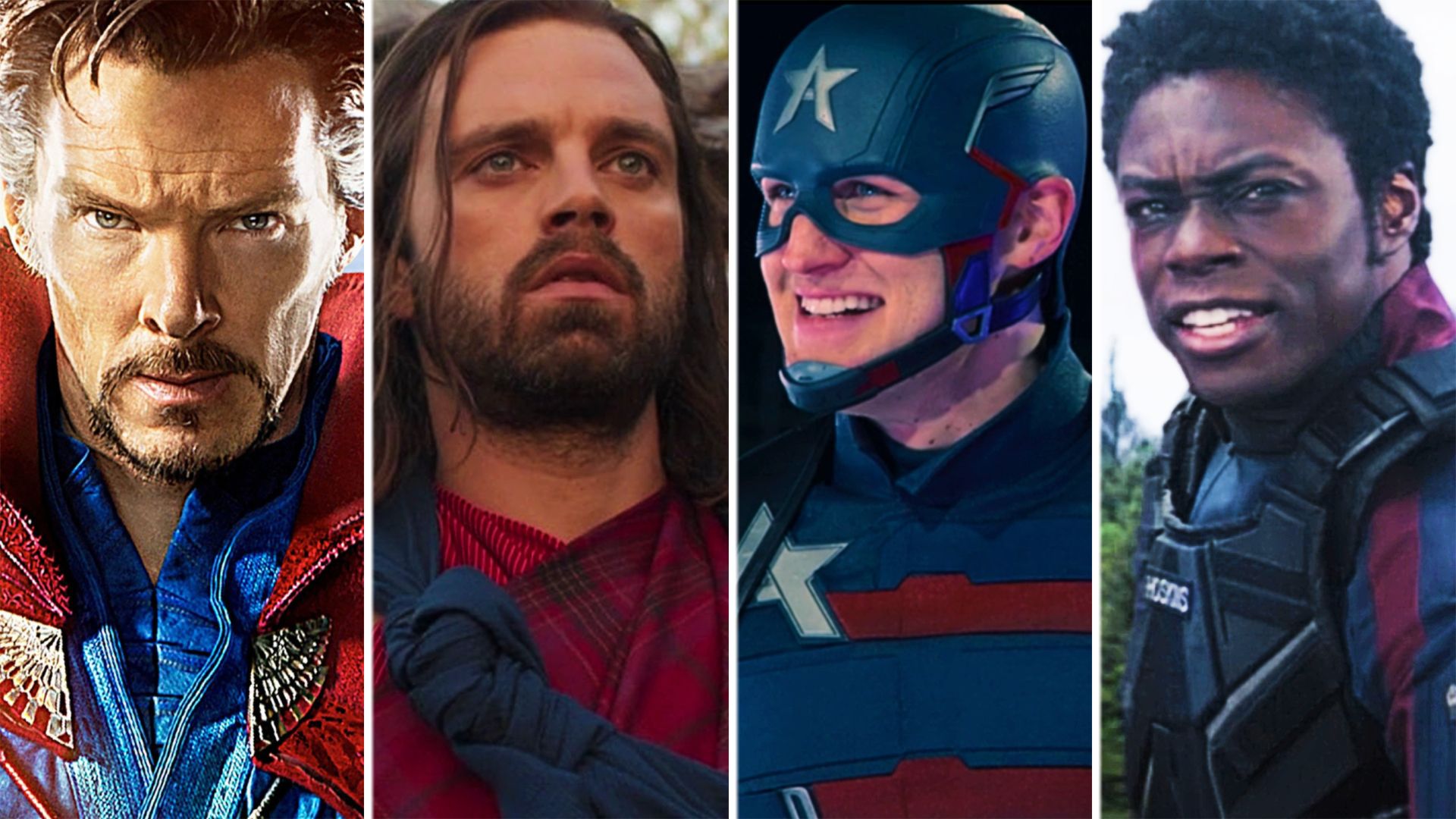
A lot of major MCU Easter eggs become explicit plot points in The Falcon & The Winter Soldier episode 2. The world is a crazy place in the aftermath of the Blip, and there really aren’t many Avengers left. Given that’s the case, it’s easy to understand why the US Government chose to appoint a new Captain America, hoping John Walker would become the symbol of hope they felt the American people needed.
The Falcon & The Winter Soldier sees Sam and Bucky forced into an uncomfortable team-up with this new Captain America. It’s a smart move on Marvel’s part, because this allows viewers to get a proper read on Steve Rogers’ replacement, as well as to learn just how much influence he has. The three superheroes must work together in order to deal with the threat of the Flag-Smashers – and Sam and Bucky swiftly realize these people are actually super-soldiers.
The mysteries are building; as formidable as the Flag-Smashers may be, the real question is just how they got their superhuman abilities. Fortunately, again the Easter eggs become explicit, as Marvel tease the real villain of Falcon & Winter Soldier. Here are all the MCU references and Easter eggs you really need to pick up in episode 2.
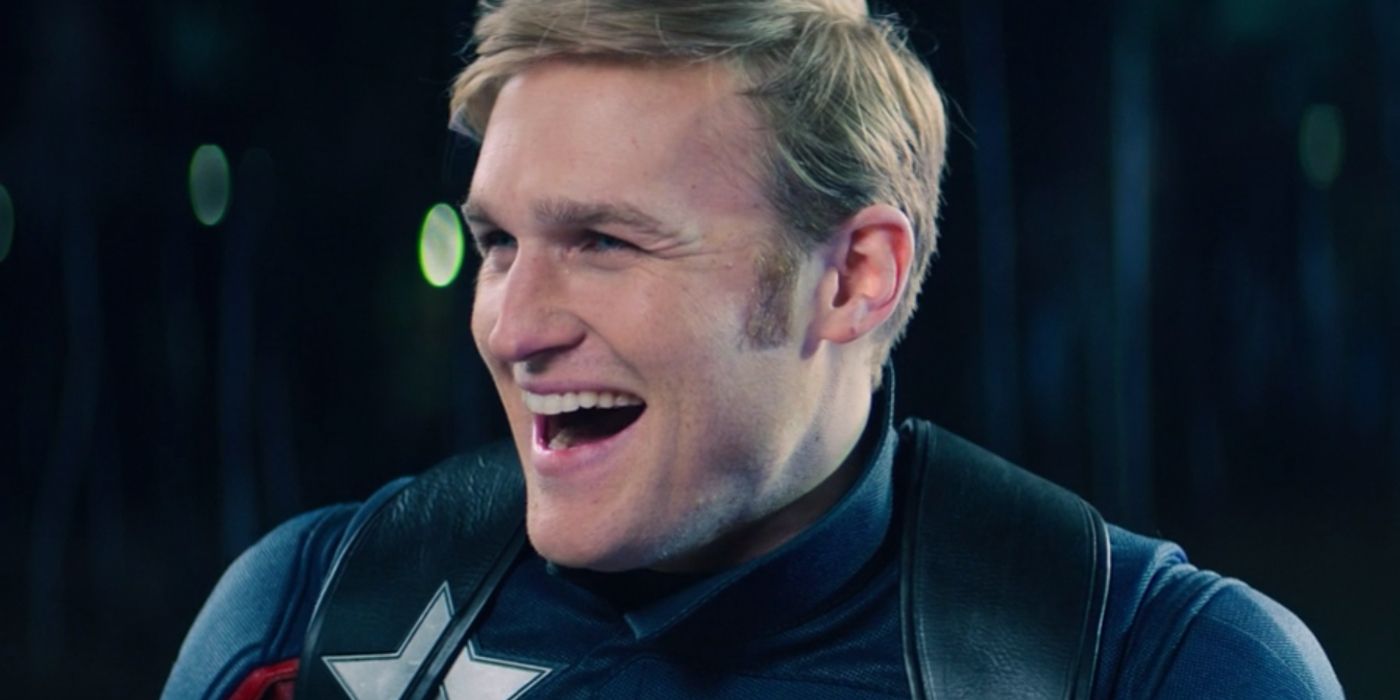
Falcon & Winter Soldier episode 2 opens with a celebration of John Walker’s Captain America using a familiar reference; that he’s now “The Star-Spangled Man with a Plan.” The original version of this song was seen in Captain America: The First Avenger, where it was featured as part of Steve Rogers’ propaganda tour. The US Government originally viewed their one super-soldier as more of a propaganda tool than a military asset, and it’s clear the new Captain America is viewed through the same lens. While this is very much a cool Easter egg, it also shines a light on just how chaotic the post-Blip geopolitics are right now; the government’s best bet to unify the country is to evoke memories of wartime.
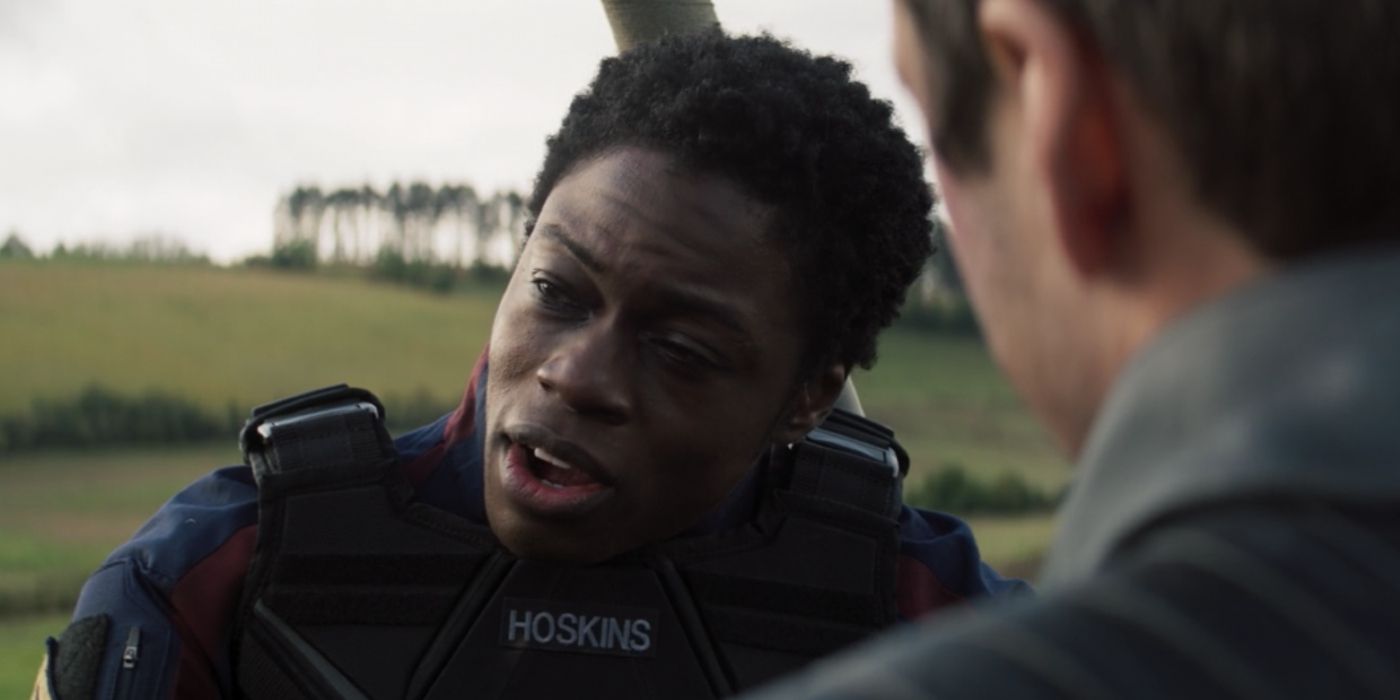
The first Captain America had Bucky, and the new one has Battlestar. In the comics, Lemar Hoskins served alongside John Walker in the US military, and both he and Walker were subjected to super-soldier experiments by the Power Broker. Marvel did indeed transform Lemar into Cap’s sidekick, although they ditched the “Bucky” codename because they felt it had racial connotations given Hoskins was black. The MCU seems to be following a similar approach, although it’s interesting to note neither Walker or Hoskins are super-soldiers in the MCU – yet.
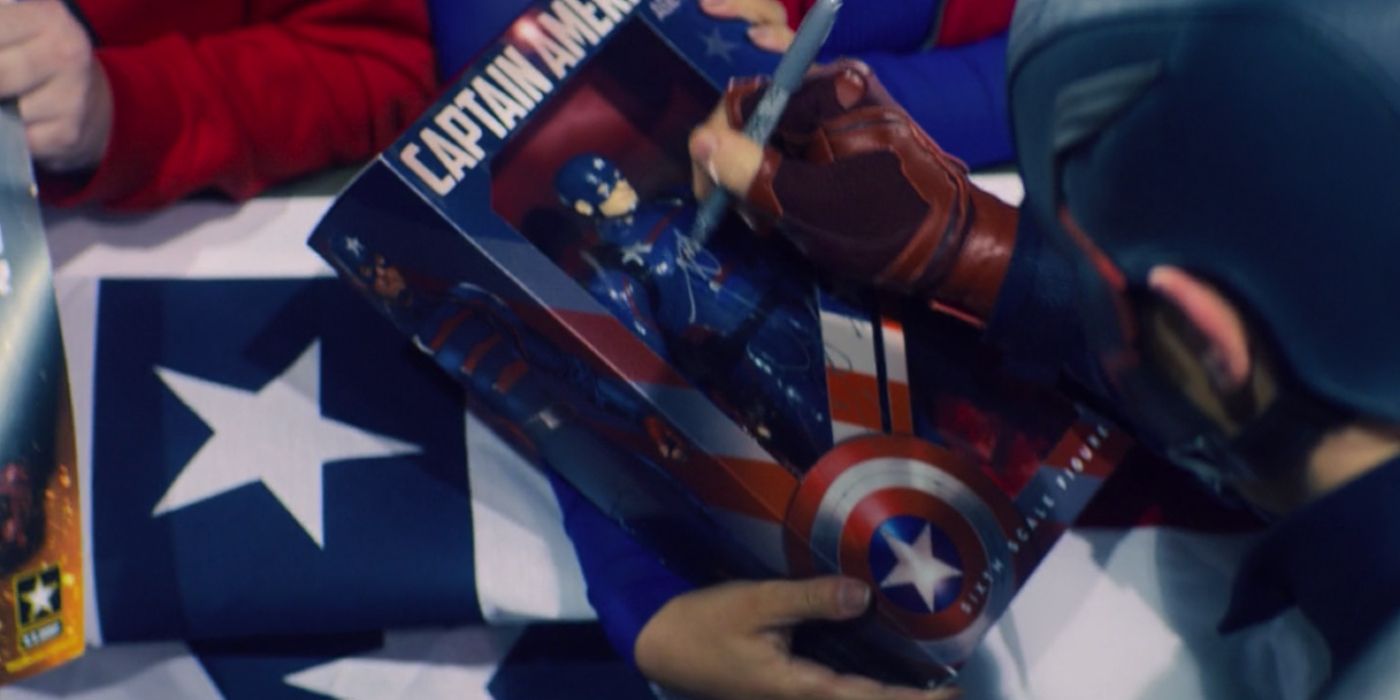
John Walker understands his role as a propaganda tool, and he doesn’t seem to resent the limelight as much as Steve Rogers did. One of the most amusing scenes sees him sign a large Captain America action figure, and it will be interesting to see whether this figure actually becomes available for sale in the real world. Interestingly, the first trailer for Agents of SHIELD used a similar concept by suggesting children have become fascinated by superheroes in the MCU and now collect action figures based on the Avengers.
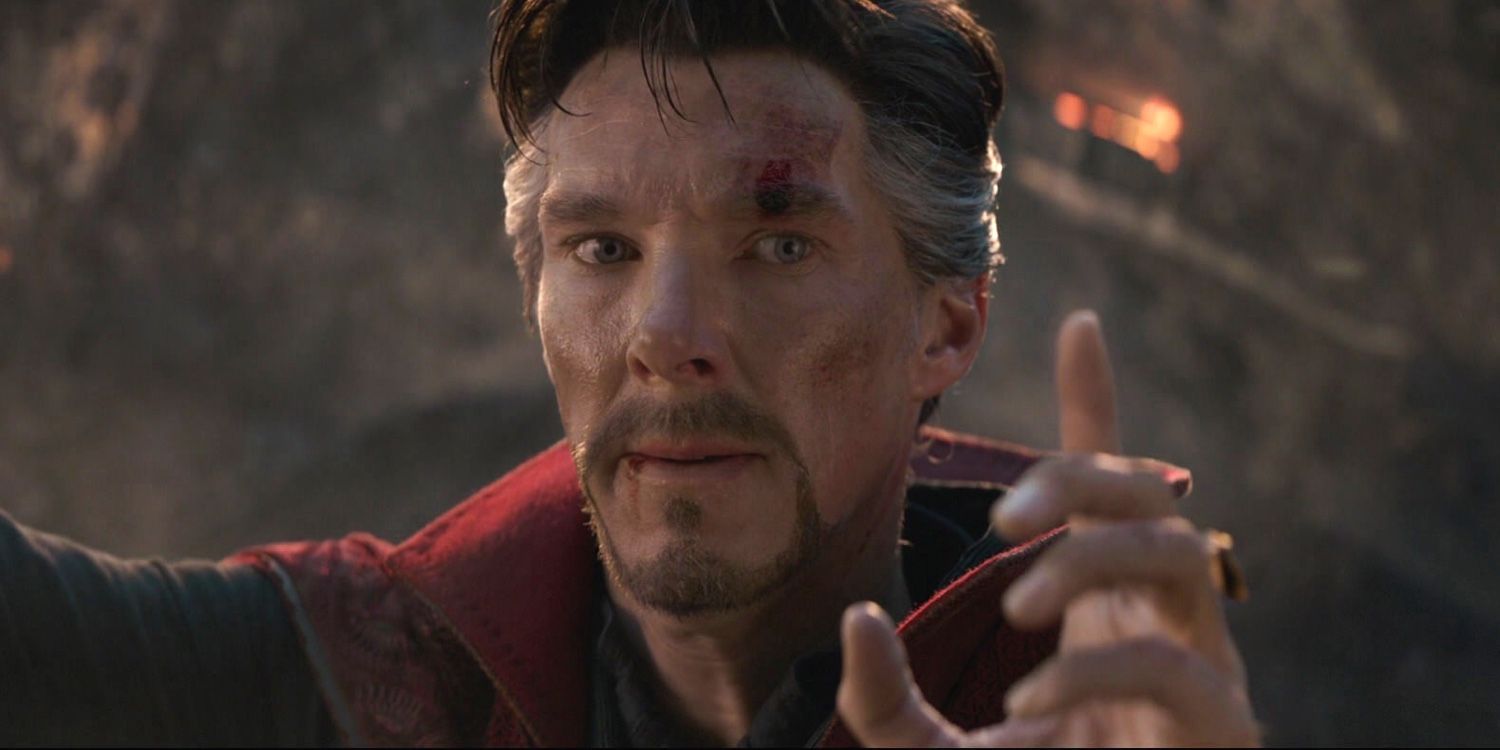
Falcon suggests the Flag-Smashers could be one of the “Big Three” – androids, aliens, and wizards. It’s fascinating to see how blasé the world has become about the existence of these things, although Bucky refuses to accept wizards are real. Falcon points to the example of Doctor Strange, with Bucky arguing he’s a sorcerer not a wizard. “A sorcerer is a wizard without a hat,” Sam insists. No doubt Doctor Strange would be amused.
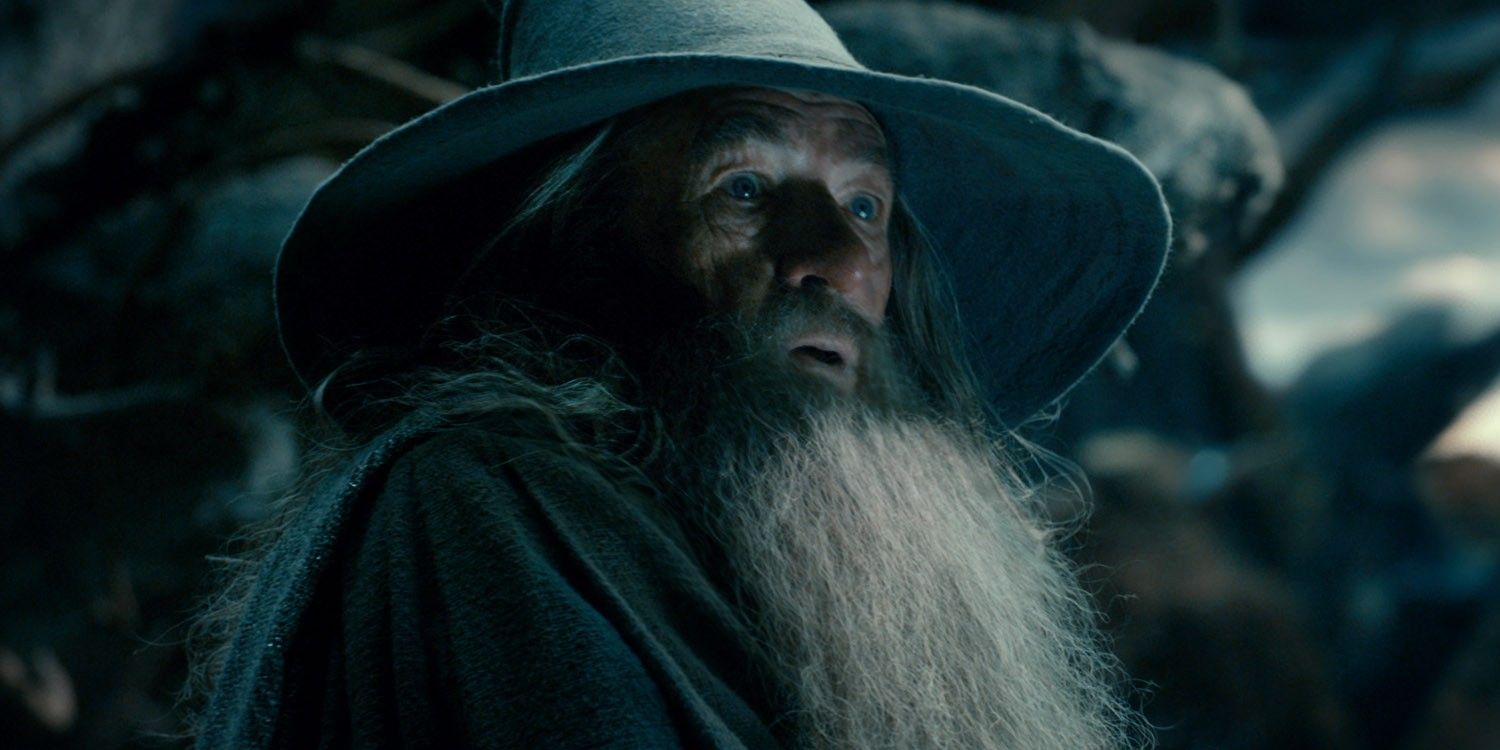
The adversarial relationship between Bucky and Sam takes a digression into a Tolkien reference, with Bucky revealing he read The Hobbit in 1937 when it first came out. Only 1,500 copies of The Hobbit were actually published in 1937, and it was sold out by December 15 of that year. Bucky must have been one of the few people to get his hands on a first edition.
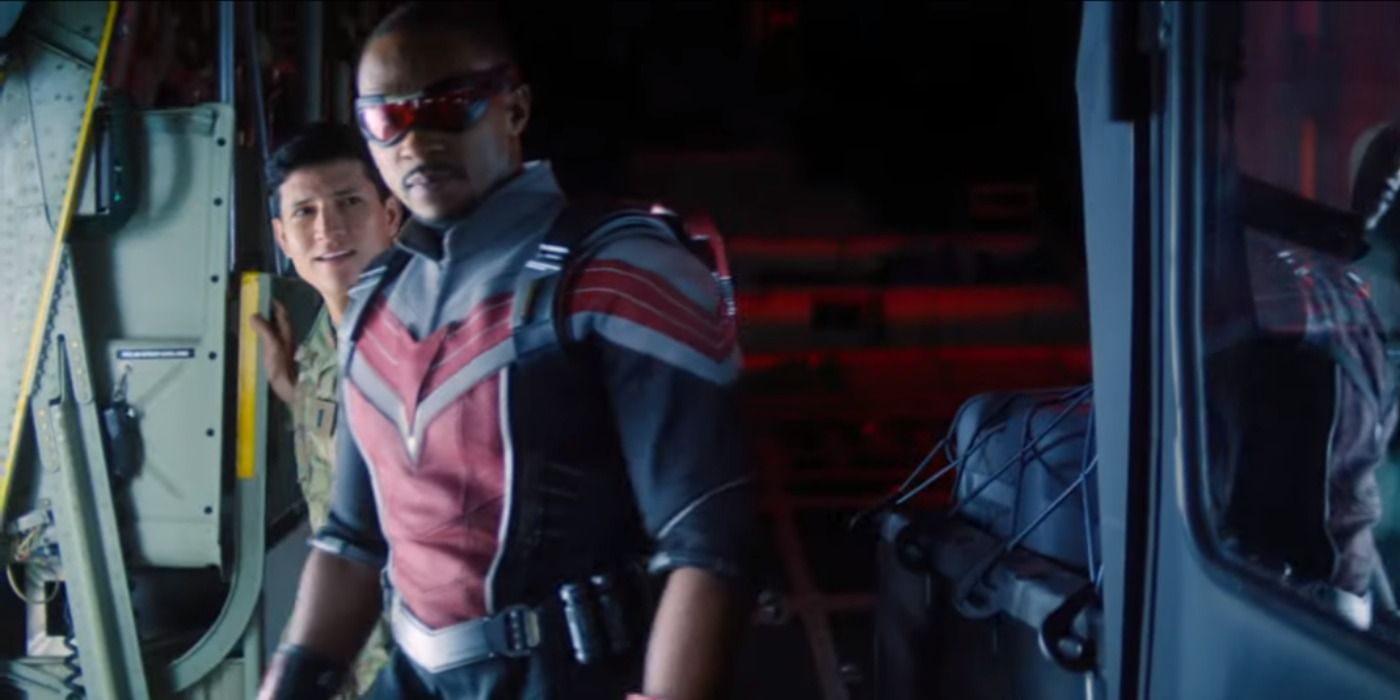
Bucky and Sam argue over whether Falcon should have ever given up the shield, with their argument ending – or, at least, put on hold – after the Winter Soldier complains Sam doesn’t even have a plan of attack. Ironically, Steve Rogers himself tended to jump in the deep end without a plan sometimes; Falcon jumping out of the plane is evocative of Captain America’s doing the same in Captain America: The Winter Soldier.
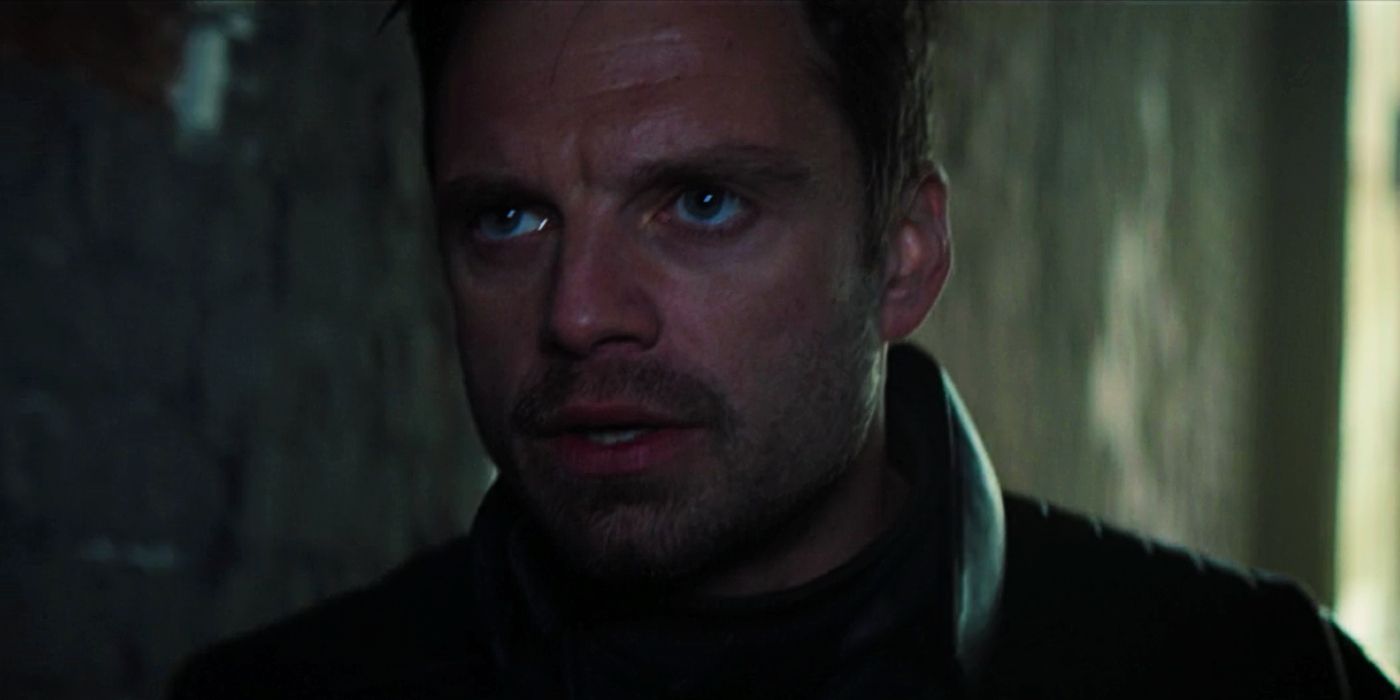
The relationship between Sam and Bucky is tense and fraught, and at one point Falcon mocks Bucky for his stealth, claiming he learned this in Wakanda. In reality, of course, as a former Hydra assassin Bucky will have always been pretty stealthy. Still, Bucky can’t help defending himself by insisting he was never the “White Panther” in Wakanda, but rather was the White Wolf. Bucky was first called the White Wolf in one of Black Panther‘s post-credits scenes, when Shuri went to visit him and give him his new Vibranium arm. In the comics, the White Wolf is a completely different character, a man named Hunter who is actually brother of King T’Challa.
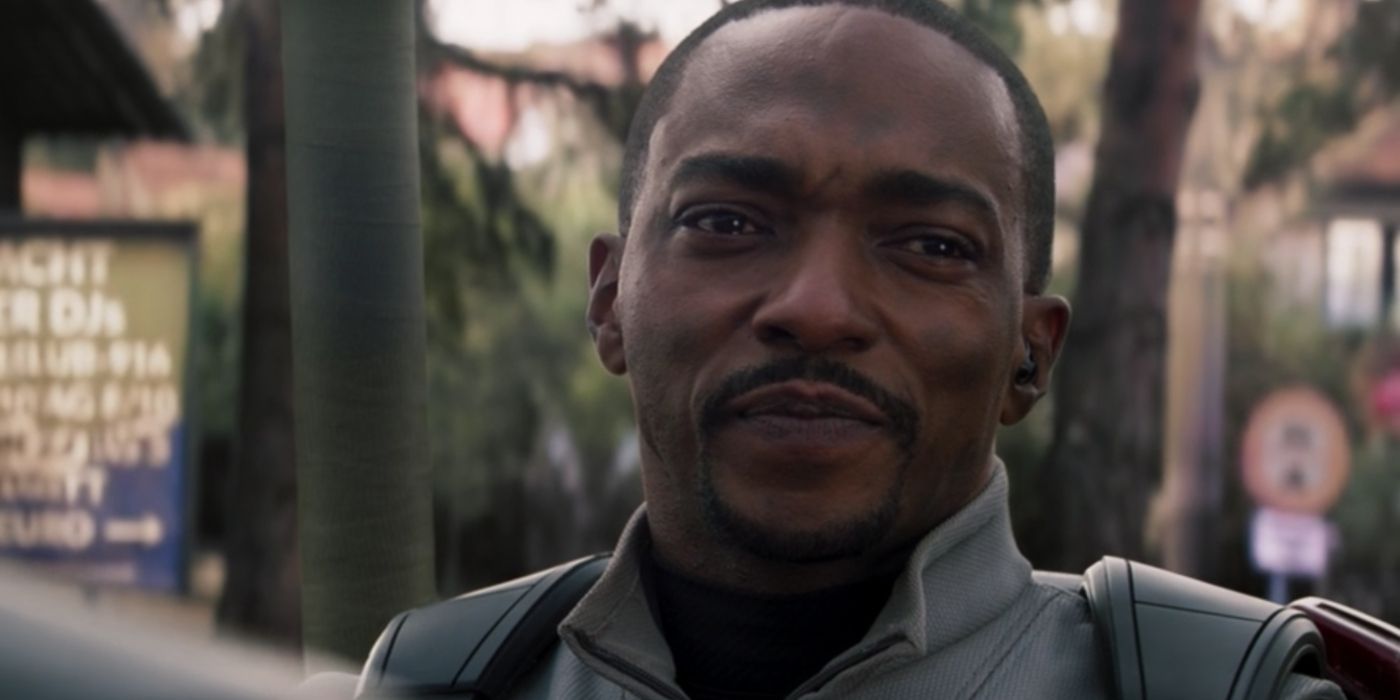
The new Captain America does his best to persuade Falcon and the Winter Soldier to work with him, but his pleas fall on deaf ears. It doesn’t help that he slips up by angering Sam, referring to him as “Cap’s wingman.” This mirrors a character arc in the comics, where Sam Wilson grew frustrated at the fact he was seen by the world as Captain America’s sidekick; he was even invited to join a splinter group of the Avengers in the hopes Steve Rogers would turn up. As he complained at the time, “My name is not ‘…and the Falcon.” This may seem like just an amusing detail, but in the comics this particular arc set up Sam’s becoming the new Captain America.
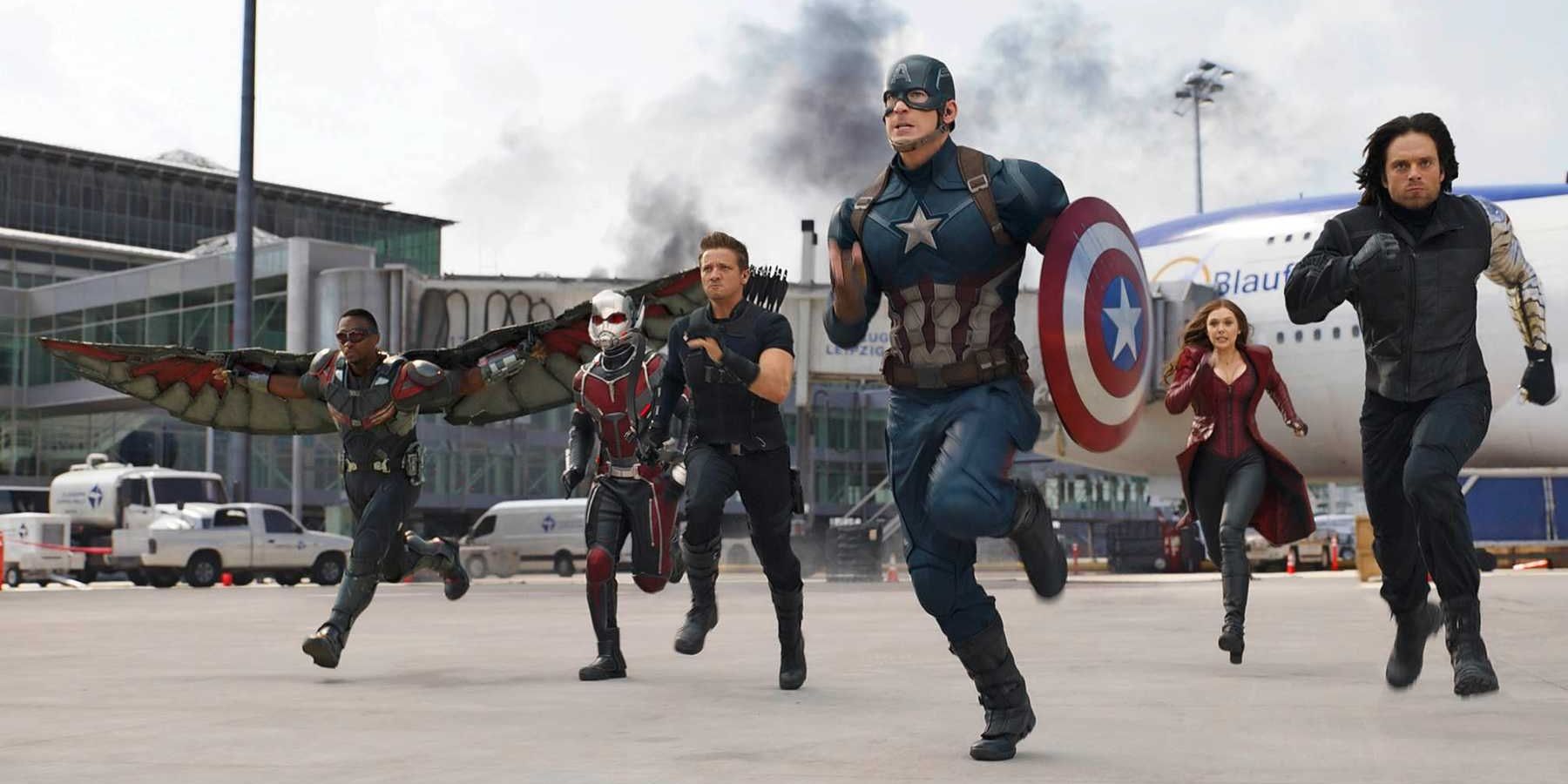
Bucky wants to steal the shield back, but Sam reminds him of the consequences the last time they tried that; “Sharon was branded enemy of the state, Steve and I were on the run for two years.” Falcon is referring to the events of Captain America: Civil War, and technically he’s oversimplifying; they were on the run as much as for breach of the Sokovia Accords as for stealing the shield. The dialogue also serves to remind viewers of Sharon Carter, who’s confirmed to return in Falcon & Winter Soldier.

There’s an entertaining scene in which Falcon insists his name is not “Black Falcon.” In the real world, there are indeed a surprising number of black superheroes whose names follow that pattern – ranging from Marvel’s Black Goliath to DC’s Black Lightning – and it unintentionally serves to highlight the comic book industry’s general lack of diversity. To their credit, Marvel Studios has generally avoided this particular well-worn trope; they dropped the “Black” completely when they introduced Bill Foster in Ant-Man & the Wasp, simply calling him “Goliath.”
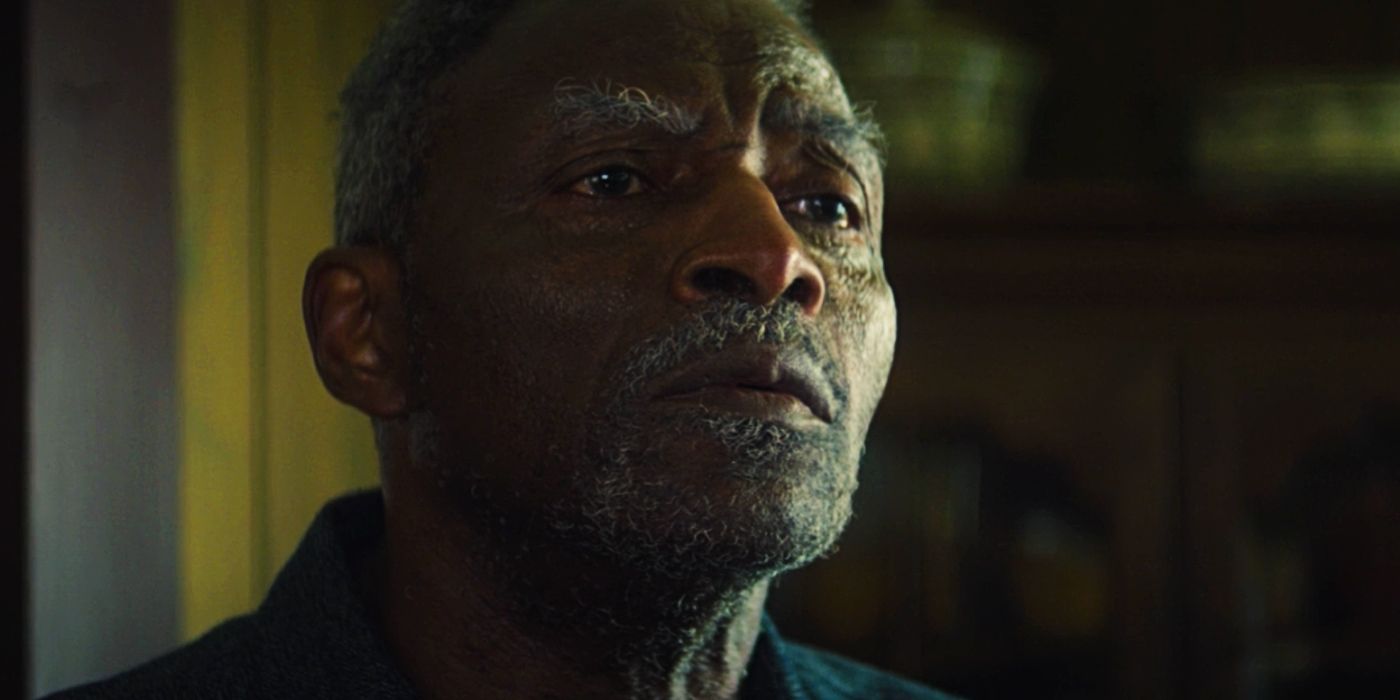
The Falcon & The Winter Soldier episode 2 introduces Carl Lumbly as Isaiah Bradley, the first Black Captain America in the comics. Back in 2003, Marvel Comics revealed the secret history of the super-soldier program when they revealed the US Government continued its super-soldier experiments after the creation of Captain America. The story was inspired by the infamous Tuskegee Study, with the government experimenting on 300 Black soldiers in order to create more super-soldiers. Bradley was one of only a handful to survive the experiments, and he and his super-soldier unit were never celebrated like Steve Rogers. The military faked their deaths, and then warned them to serve on suicide missions if they wanted their families to live. When Bradley dared to adopt the suit of Captain America for a mission, he was court-martialled and placed in solitary confinement for decades.
The MCU’s Isaiah Bradley is a little different, in that his story is apparently linked to the Korean War rather than World War II, but he was still imprisoned for 30 years. Marvel is gradually rewriting their history to confirm there have always been superheroes, with a superhero arms race during the Cold War, and now we have historic encounters between a Black American super-soldier and the Winter Soldier during the Cold War. It’s fascinating to see the history of the MCU change shape.
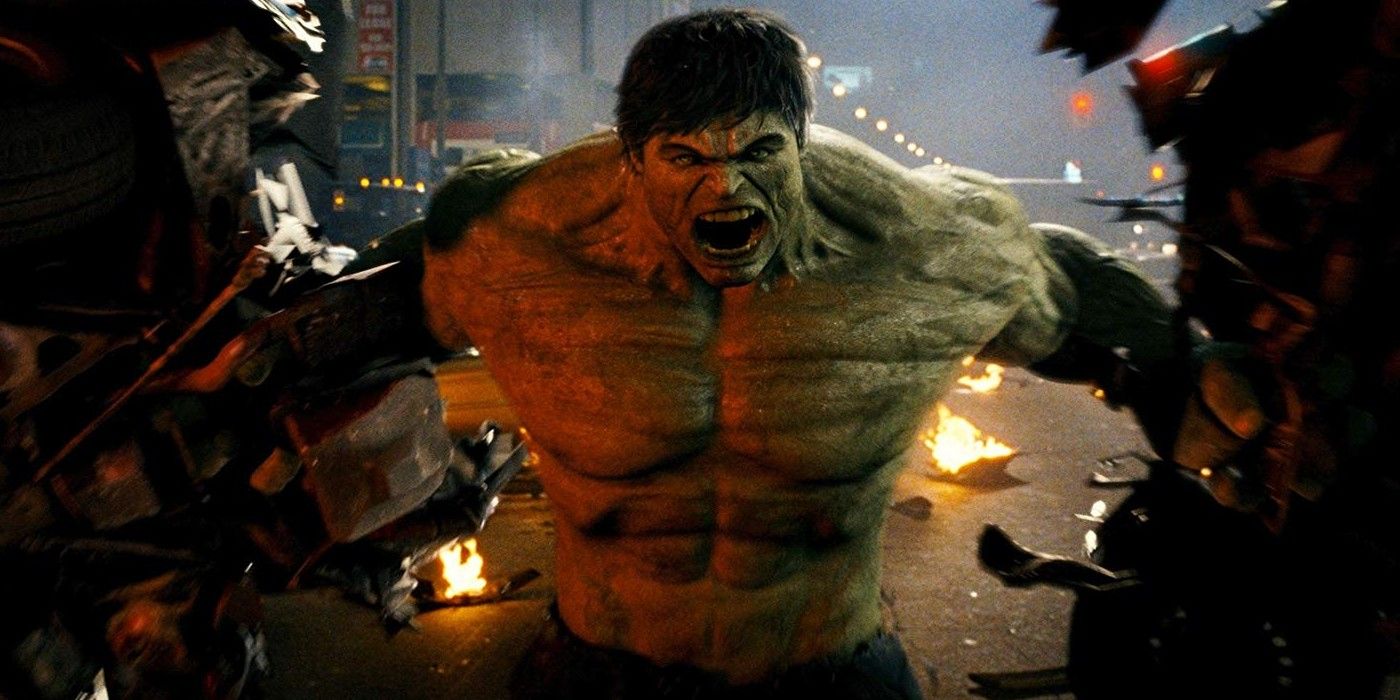
The Incredible Hulk confirmed the US Government continued to try to create super-soldiers right up to the present day, with General “Thunderbolt” Ross leading the project and pressuring scientist Bruce Banner to push ahead with one series of experiments. The novelization of The Incredible Hulk goes a little further, suggesting some previous super-soldier experiments were partly successful, but tended to go wrong.
“‘Banner’s work was a tangent of Bio-Tech,’ said Ross after a moment’s hesitation.
Greller didn’t make the connection at first. Then, when he started to, he couldn’t quite believe what Ross was saying. “You told me you were going to Brazil to nab a scientist. Are you telling me another one of your Super Soldier experiments went haywire?” When Ross nodded, Greller leaned back in his chair, amazed. “And you didn’t think it was important enough to give me a heads-up?””
It’s worth noting Abraham Erskine’s serum was quite dangerous, in that it simply enhanced the attributes that were already there; as seen with the Red Skull, an already evil man became a living nightmare. If the US Government did indeed succeed in recreating Erskine’s serum, it’s not hard to imagine some of the test subjects going “haywire” as in Greller’s account.
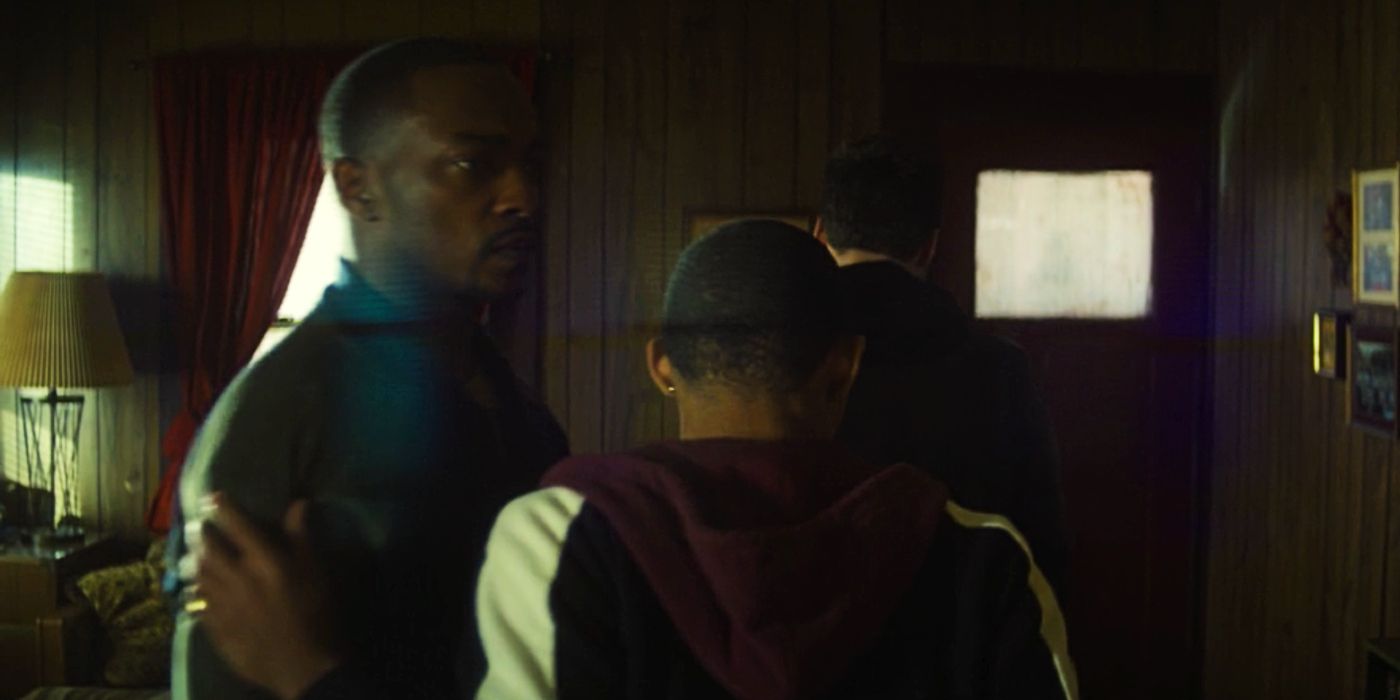
Elijah Richardson makes a blink-and-you’ll-miss-it appearance in Falcon & Winter Soldier episode 2, playing a teenager who’s looking after his grandfather Isaiah. This is Elijah Bradley, and in the comics he became the superhero Patriot, a member of the Young Avengers. The MCU’s Phase 4 slate involves a number of Young Avengers characters, so it’s reasonable to assume this is deliberate setup.
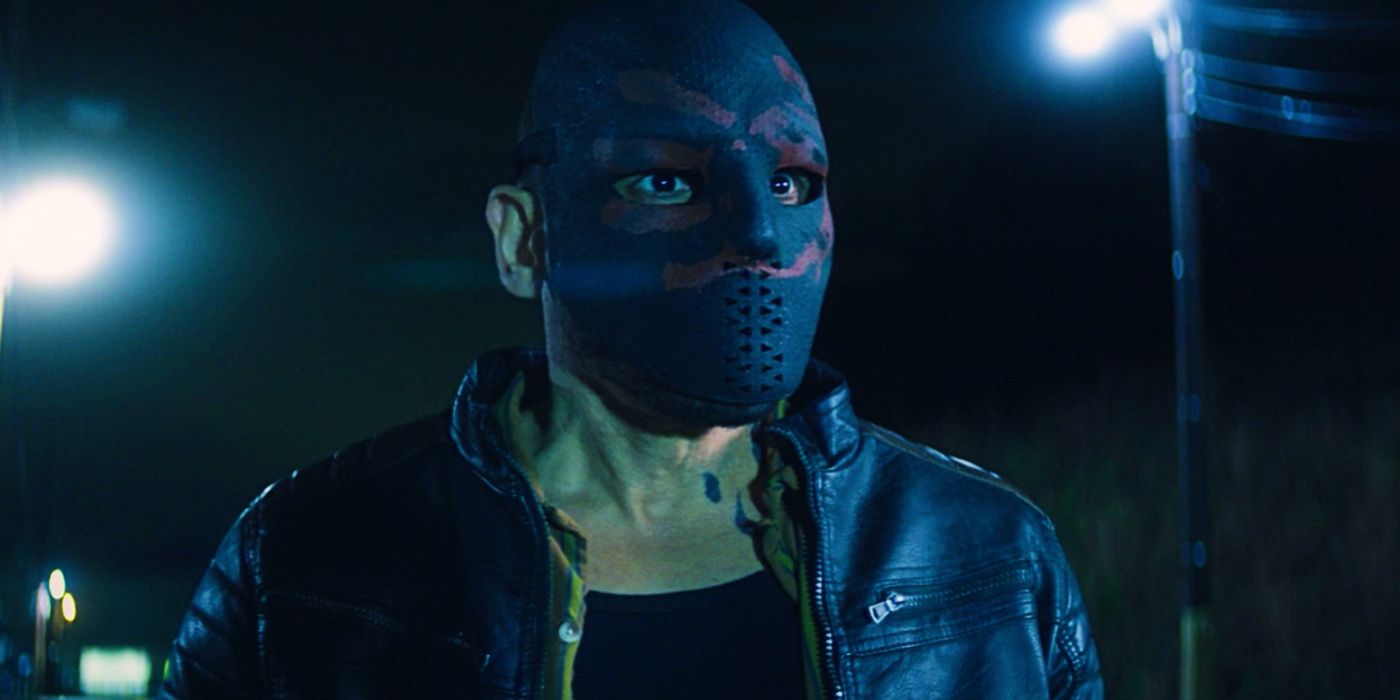
The Falcon & the Winter Soldier episode 2 implies the Flag-Smashers stole their super-soldier serum from a shady being known as the Power Broker, whose forces are attempting to hunt them down. In the comics, Power Broker Inc. was an organization dedicated to creating superhumans, and there are two characters who’ve adopted the name in the past; businessman Curtiss Jackson and scientist Karlin Malus. Marvel may have to switch things up a little in the MCU, given Malus’ story has been played straight in Jessica Jones season 2.
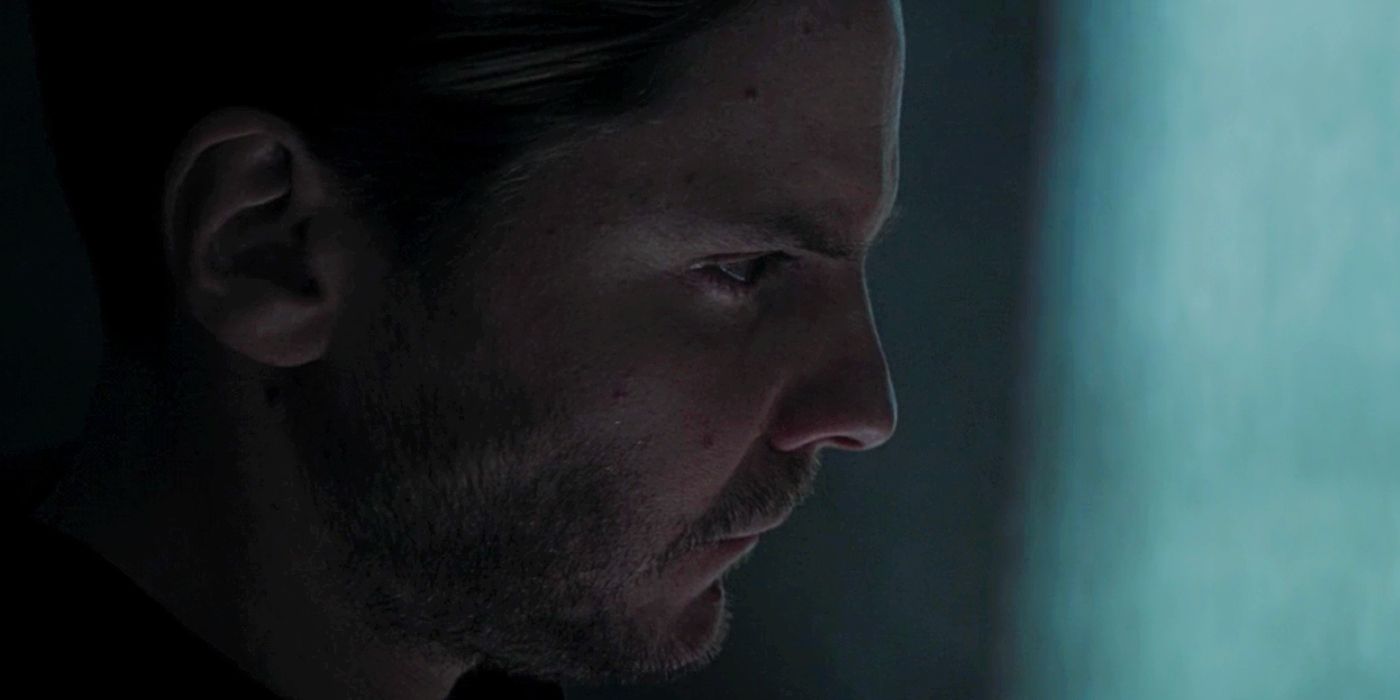
The end of Falcon & Winter Soldier episode 2 reveal Sam and Bucky intend to go to Daniel Brühl’s Baron Zemo for help. The villain of Captain America: Civil War, Zemo had unparalleled knowledge of former Hydra activities, and Bucky hopes he can lead them to the super-soldier experiments that have empowered the Flag-Smashers. It seems Zemo is still imprisoned for his numerous acts of terrorism, but he no longer appears to be held on the Raft.
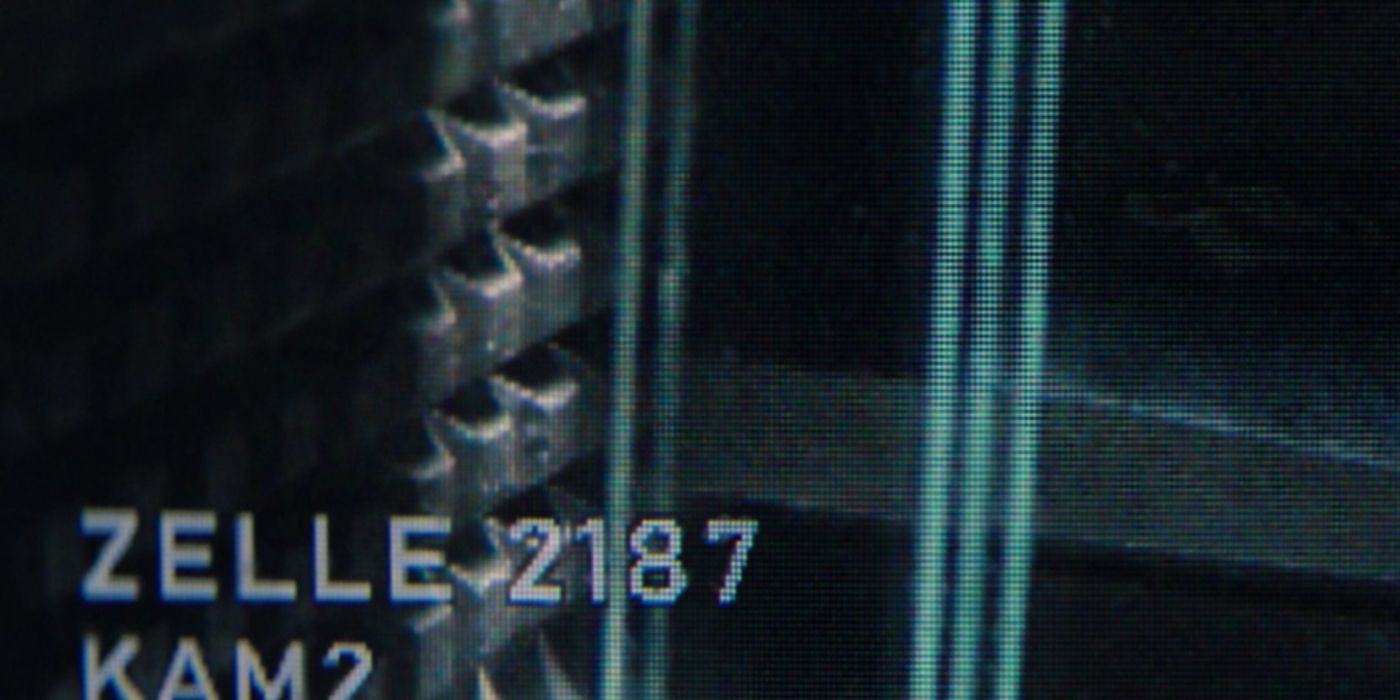
There’s an entertaining Star Wars Easter egg in the final scenes, because Baron Zemo is held in cell number 2187. This is the same number as the cell in which Princess Leia was held in the first Star Wars film. Marvel has long had a tradition of referencing Star Wars, with Kevin Feige a huge fan of the franchise, and it’s great to see the tradition continue. This also serves as a convenient clue to Bucky’s real plan; he’s not intending to go sit in a room with Zemo, as Sam assumes. Rather, he’s planning to break him out. It looks as though the Falcon and the Winter Soldier are about to become fugitives once again.
Originally from https://screenrant.com/falcon-winter-soldier-episode-2-mcu-marvel-easter-eggs/
